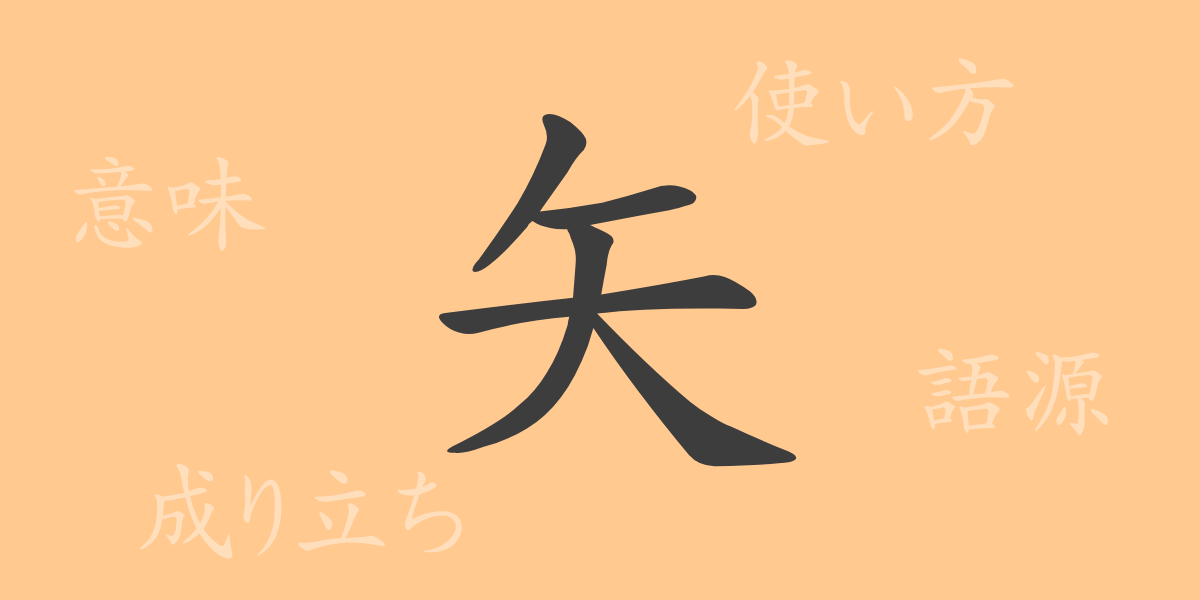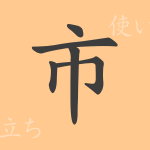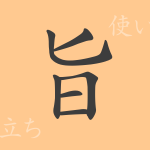The kanji deeply rooted in Japanese culture and widely used from ancient times to the present, “矢(や),” holds a rich history and meaning within its small form. This character appears in various aspects of Japanese life. This article delves into the origins, uses, and expressions involving the kanji “矢(や)” in the Japanese language.
Origins of 矢(や)
The kanji “矢(や)” is derived from an ancient Chinese pictograph. It originally depicted the shape of an arrowhead, representing a tool used in combat and hunting. Over time, its form and meaning evolved to the current shape of “矢(や).” Due to the arrow’s straight trajectory, it also metaphorically signifies moving directly toward a goal.
Meaning and Usage of 矢(や)
Directly, the kanji “矢(や)” means an “arrow” shot from a bow. However, it also extends to mean “fast,” “immediately,” and “without a doubt” as a prefix. It is used to express swift action or continuity in Japanese phrases like “矢も盾もたまらない (やもたてもたまらない, unable to stand still)” and “矢継ぎ早に (やつぎばやに, in rapid succession).”
Readings, Stroke Count, and Radical of 矢(や)
The kanji “矢(や)” is fundamental in Japanese, and understanding its readings, stroke count, and radical is crucial.
- Readings: The on’yomi (音読みおんよみ) reading is “シ(し),” and the kun’yomi (訓読みくんよみ) reading is “や(や).”
- Stroke count: It consists of 5 strokes.
- Radical: The radical is “矢(やへん).”
Idioms, Phrases, and Proverbs Using 矢(や) and Their Meanings
Japanese has numerous idioms, phrases, and proverbs containing “矢(や),” reflecting Japanese spirituality and cultural background.
For example, “矢鱈に (やたらに)” means “recklessly” or “thoughtlessly,” “矢面に立つ (やおもてにたつ)” indicates being in the line of fire or facing direct criticism, and “一矢報いる (いっしむくいる)” means to retaliate against an attack.
Conclusion on 矢(や)
The kanji “矢(や),” symbolizing speed and directness, is used in various forms in Japanese. Its rich meanings add depth to the language and expand its expressive range. Understanding this ancient kanji can be considered a step toward deepening one’s comprehension of the Japanese language.

























